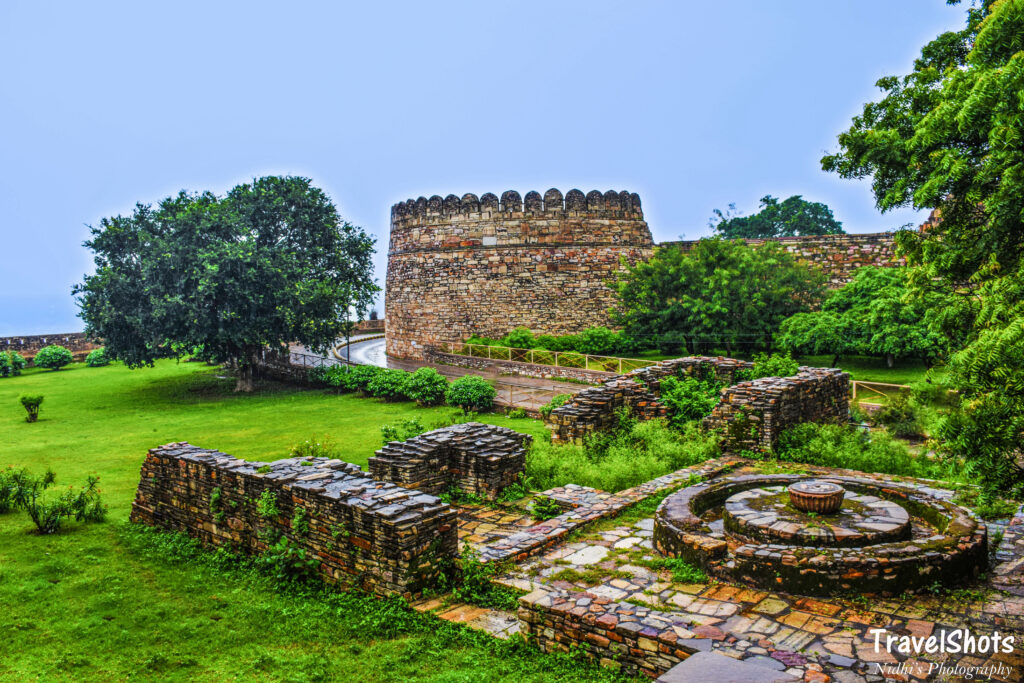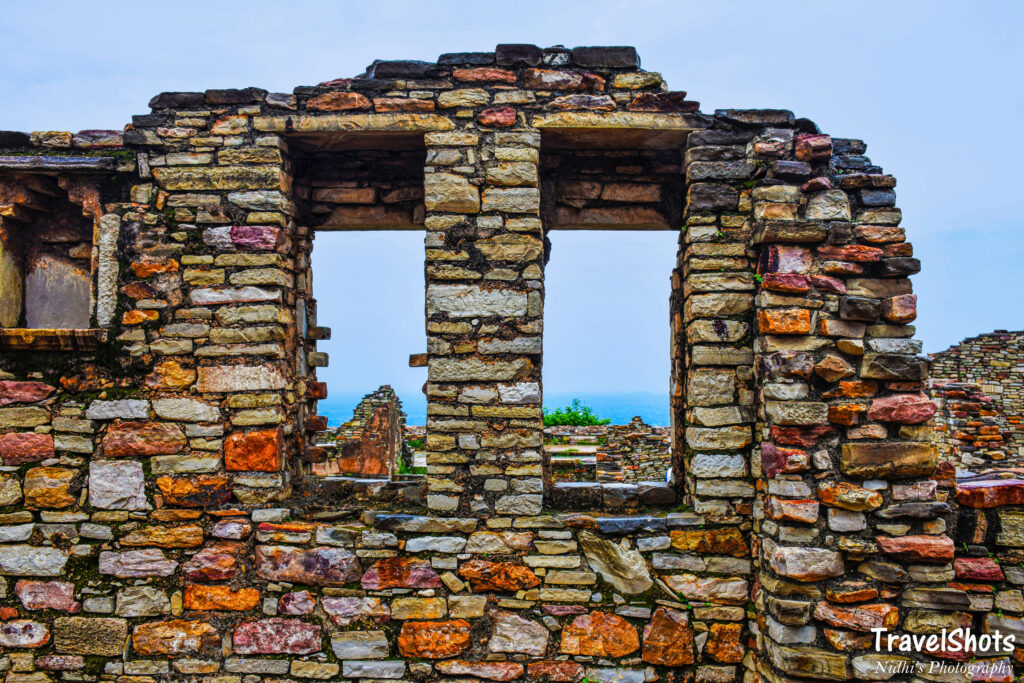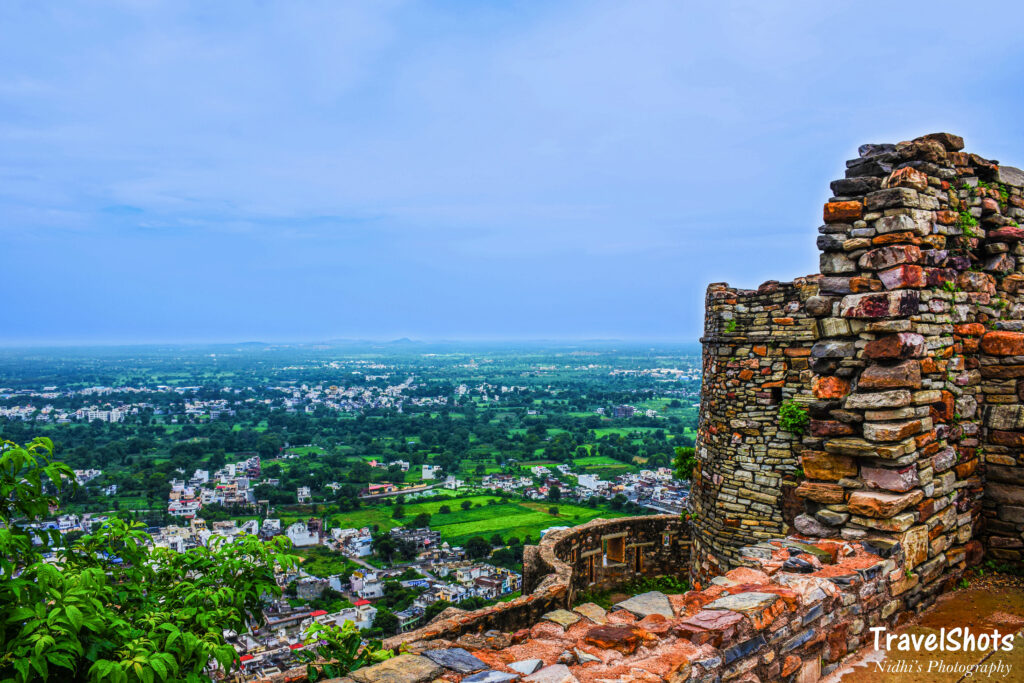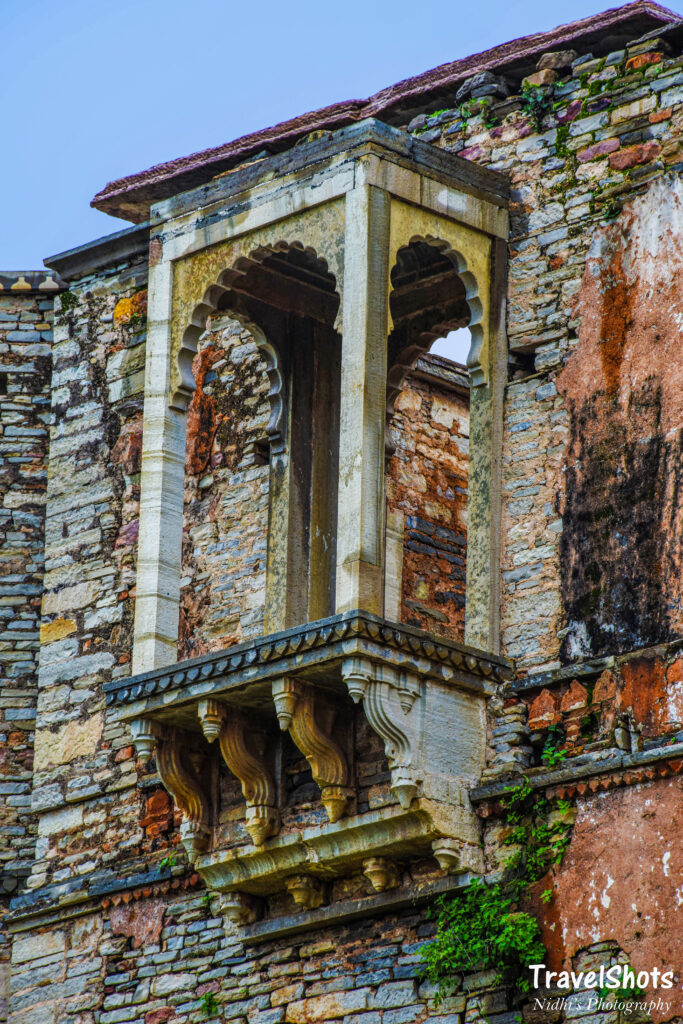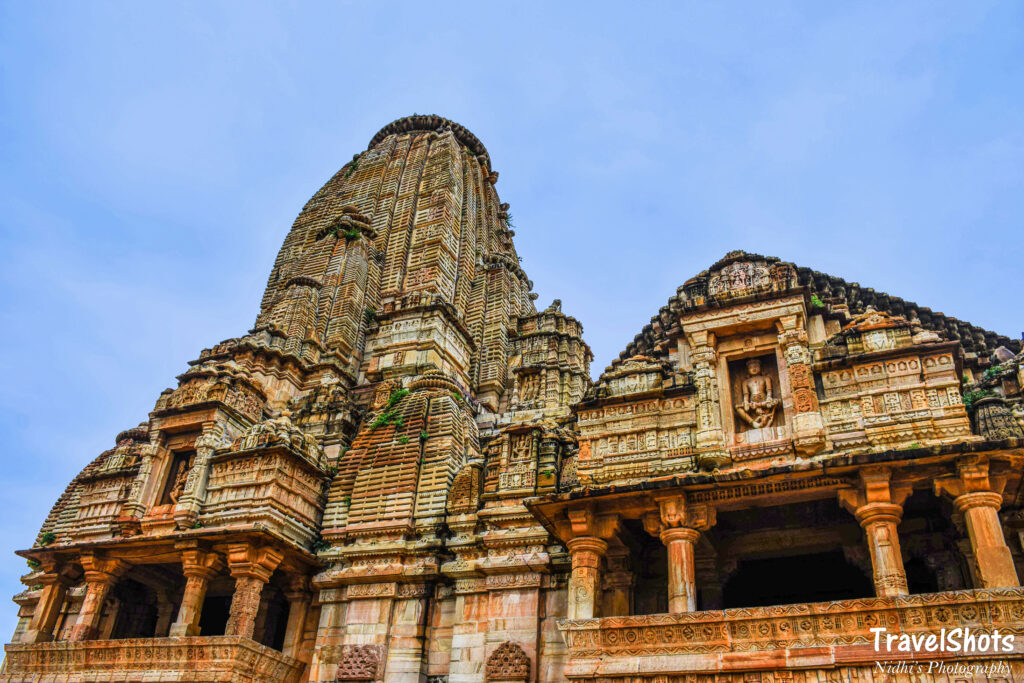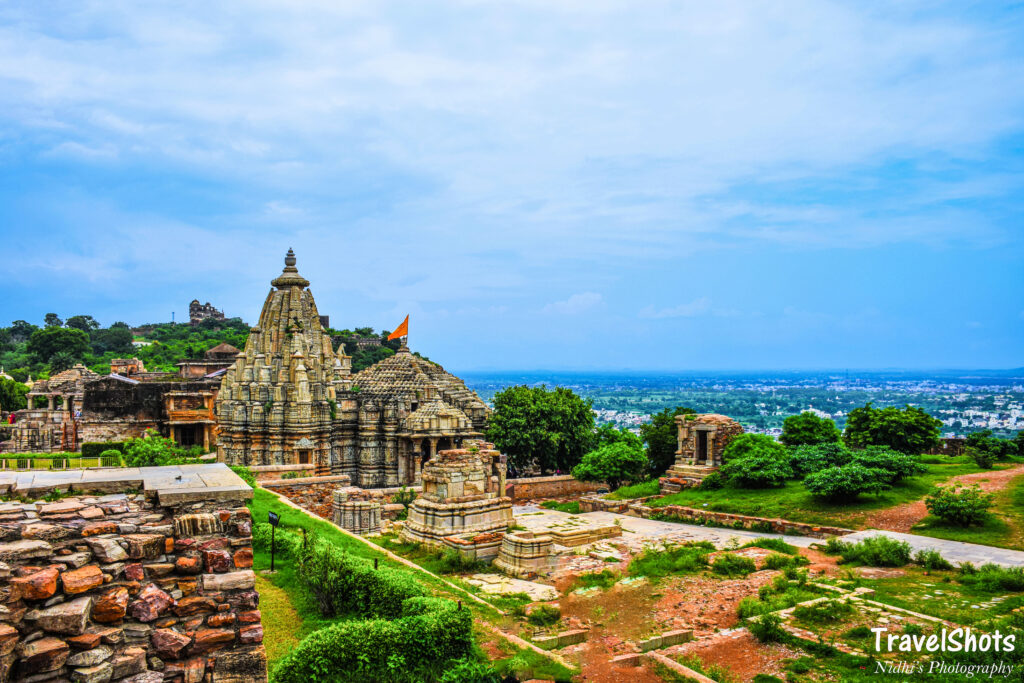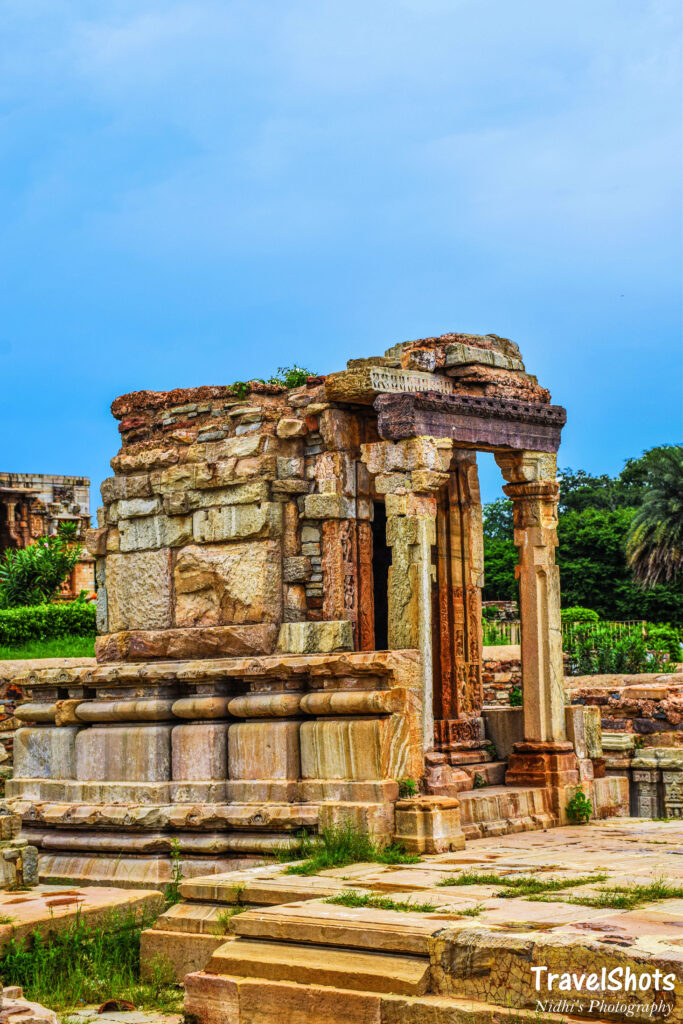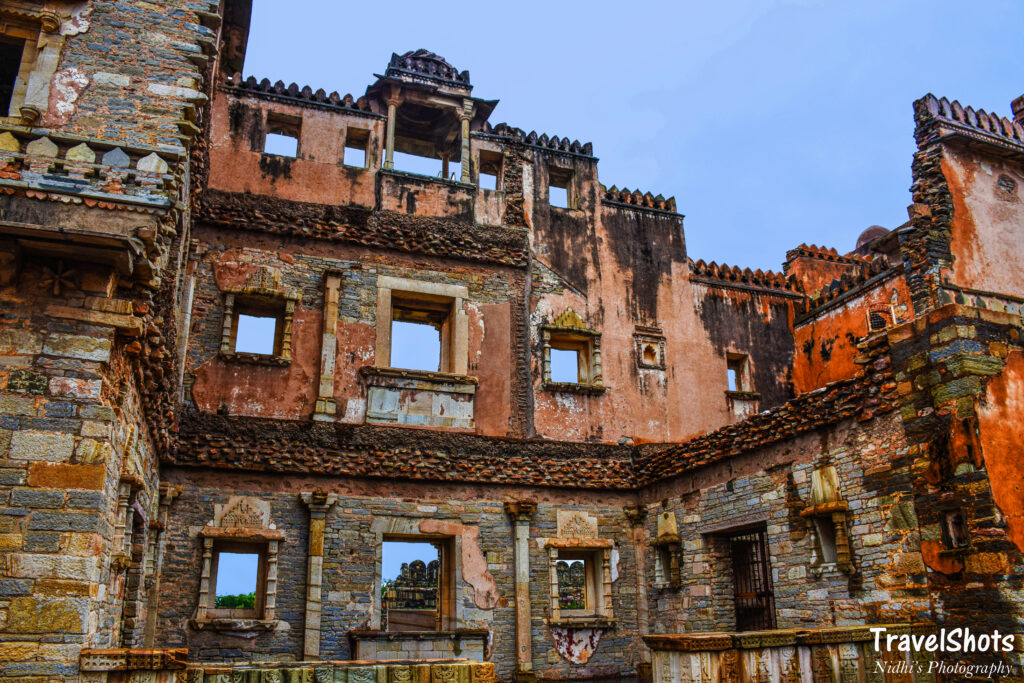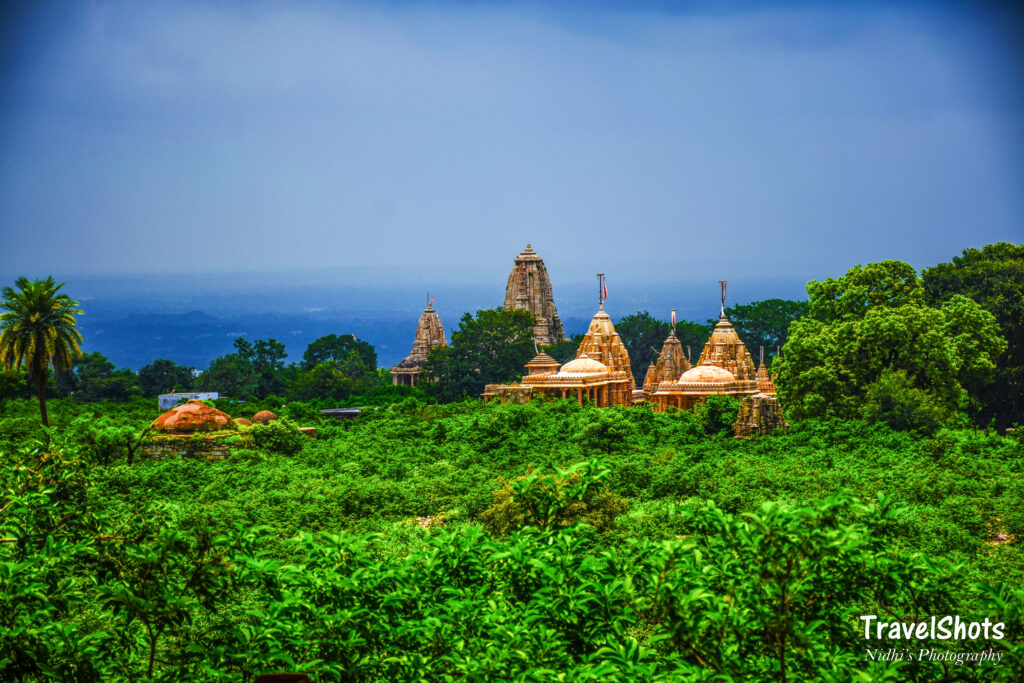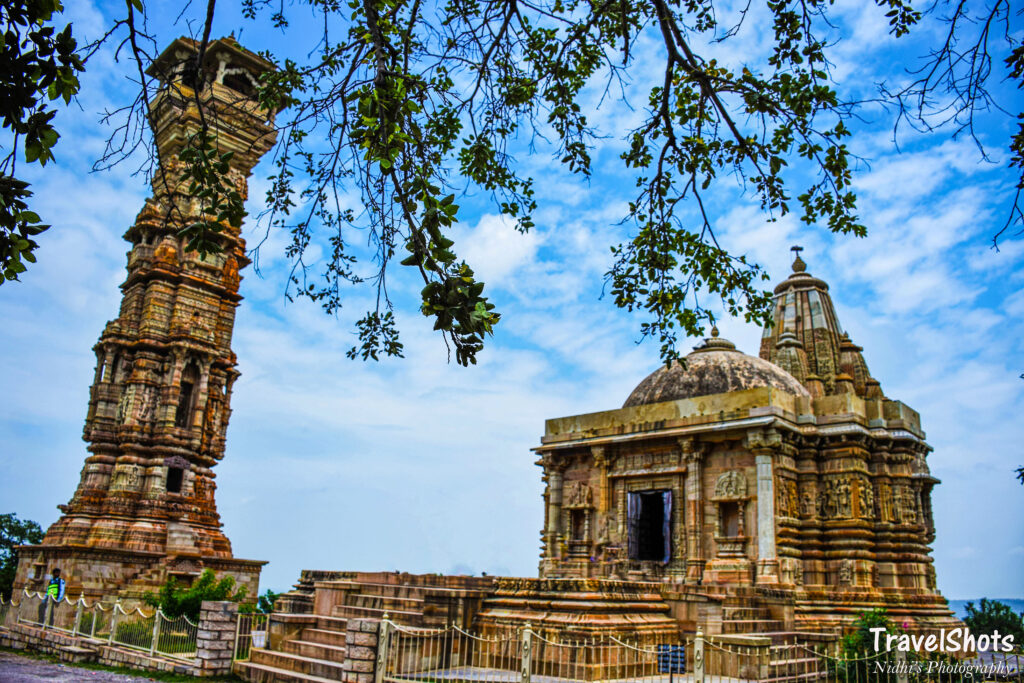
A Trip to the History of Chittorgarh
Historical Trip to Chittorgarh
One of my most recent travels few months back was to a wonderful state of Rajasthan. There are so many incredible cities within Rajasthan, that I will cover each of those in separate articles.
First of all I am very impressed by Rajasthan Tourisms campaign – and when I visit Rajasthan, I capture how I see it. So with this article (and with those that I will write in future) I want to show that mujhe rajasthan kuch aisa dikha (Rajasthan Looked like this to me).
This one here is dedicated to Chittor – home to a magnificent fort of Chittorgarh, which made its way into the UNESCO world heritage site under Hill Forts of Rajasthan in 2013. It is one of the largest forts in Rajasthan located at a hilltop.
Chittor was capital of Mewar Kingdom back in 7th century. It is one of the most famous forts in the world, mostly known for Queen Padmavati committing jauhar (self immolation) when the fort was besieged by a Turk ruler of Delhi, Alauddin Khalji who defeated Rana Ratan Singh (her husband) in 1303.
The fort is about 2 hours drive from the city of Udaipur – popularly known as City of Lakes or The Venice of the East. I will write more about this city in a separate post. Best way to explore Chittor in my opinion is by foot and you should have at-least one full day dedicated to explore this beautiful marvel. There are so many things to visit in this fort; I am describing some of these below:
Kirti Stambh and Jain Temple: Chittor has been an ancient centre of Jain tradition and has few Jain temples within the fort complex. This one here is the one next to Kirti Stambh. Kirti Stambh (Glory Tower) is a 22 meter high tower built by aJain merchant in 12th century.

Gaumukh Reservoir: The reservoir was main source of water for the fort during many sieges the fort has witnessed. It is fed by a spring from a carved cow’s mouth, and hence the name.
Jauhar Sthal of Queen Padmavati: The place where the queen committed jauhar is still marked in the fort complex.
Vijay Stambh (Victory Tower): Dedicated to Lord Vishnu, Vijay Stambh was a victory monument built by Mewar King Rana Kumbha in 1448 after defeating joint armies of Malwa and Gujarat led by Mahmud Khilji.

Meera Bai Temple and Krishna Temple: Born 1498, Meerabai was a devotee of Lord Krishna and considered him as her husband. She was princess of Mewar, daughter of a Rajput king Ratan Singh and was married to the then ruler of Chittor Bhoj Raj. Chittor was Meerabai’s place of worship.
Rana Kumbha Palace: Located at the entrance gate of Chittorgarh palace, Rana Kumbha Palace is the birth place of Maharana Udai Singh, founder of the city of Udaipur.

Battle Ground: Now a beautiful landscape, this was a battle ground where Alauddin Khalji defeated Rana Ratan Singh which in turn led Rani Padmini to self immolate.
Temples of Chittorgarh: There are many temples in fort complex that beautifully showcase architecture of that time.

